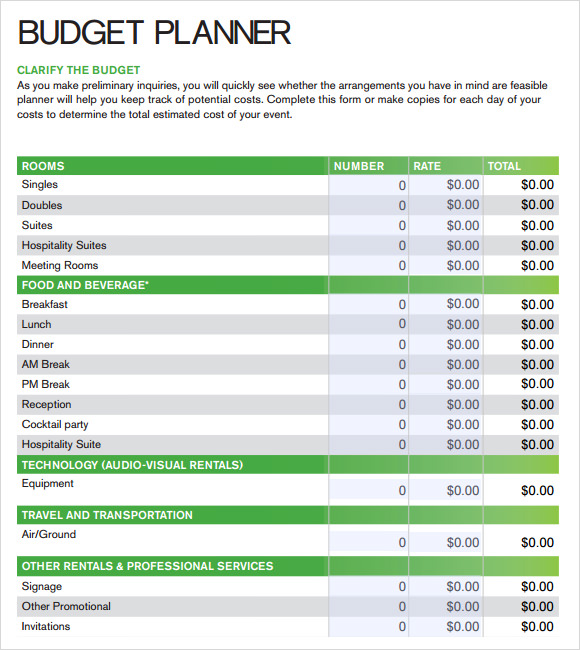

- #ONLINE BUDGET SAVINGS PLANNER HOW TO#
- #ONLINE BUDGET SAVINGS PLANNER DOWNLOAD#
- #ONLINE BUDGET SAVINGS PLANNER FREE#
The good news is that by simply creating a monthly budget, you can gain insight into where you can cut back on your spending in order to pay down debt or save up money.Īfter you’ve completed one month of tracking, your final report will show you whether you’ve come in over or under budget. This way, in the event of unforeseen circumstances (i.e., car breakdown, health issue, or job loss) you’ll have some money on hand and not have to reach for those high-interest credit cards.
#ONLINE BUDGET SAVINGS PLANNER FREE#
For those free from debt but short on savings, you’ll want to start an emergency savings fund that can cover 3-6 months’ worth of expenses.

Our Debt Calculator can show you how long it can take to be debt-free using different payment strategies.
#ONLINE BUDGET SAVINGS PLANNER HOW TO#
Read More: How To Create SMART Financial GoalsĮvery personal budget breakdown needs to have a purpose, otherwise, what's the point of doing all this work? For those in debt, your first priority should be paying it down. Just keep in mind that circumstances and goals in life can change, for better or for worse, so you should be prepared to re-evaluate and revise your budget every so often. If you set unachievable goals, you’re setting yourself up for failure and further frustration.īy understanding your spending habits, your money-saving goals, and what you can expect to have left over, this will seem like less of a challenge and you’ll be able to be reasonable with your goals. Of course, you need to be realistic about what you want, need, and can achieve based on your current income. Short-term goals might include saving up for a new cell phone or a vacation medium-term goals might include saving up for a car or a down payment on a home long-term goals can include saving for your retirement or your child’s education.

Next, you'll then need to write down your short, medium, and long-term financial goals based on your needs, wants, and dreams in life. Listing your expenses and spending, however, will require a little more work which we’ll get to next. Your net income should be fairly easy to list only include regular sources of income that you expect to receive over time.
#ONLINE BUDGET SAVINGS PLANNER DOWNLOAD#
We’ve created a simple budget template in the first tab of our Budget Planner + Expense Tracker tool, which you can download by clicking on the link below. If you're unemployed, try to save 2-3% of any income you receive. It’s recommended that you try to save 10-15% of your net income. Putting your income, expenses, and debt down in writing will help you manage your money and track your spending behaviour, so you’ll be in a better position to fulfill your financial goals. (Read more in our blog How Much Money You Should Spend on Monthly Expenses.) Next, you need to figure out how much you spend on various items each month - including paying back your current debts - and then see how this measures up against your net income. This would be your net income, or what you earn after taxes. The first step to making a budget is determining how much money you have to spend in an average month.

Wondering how to budget? It’s easier than you think with our free tool.


 0 kommentar(er)
0 kommentar(er)
